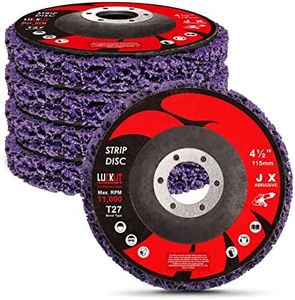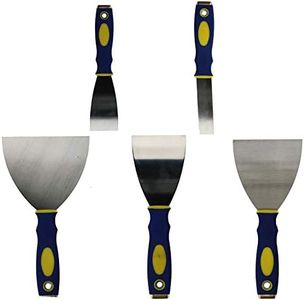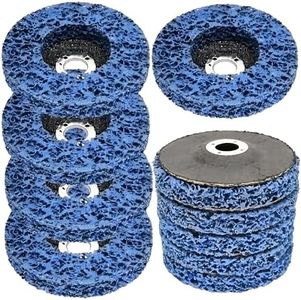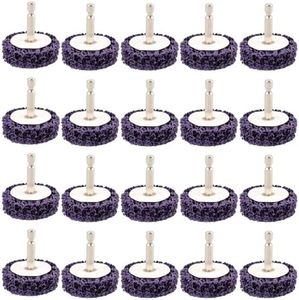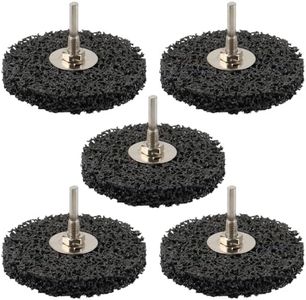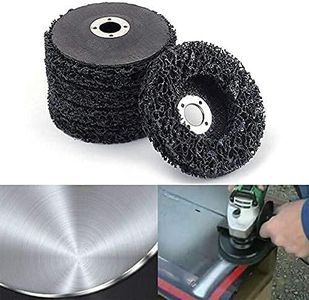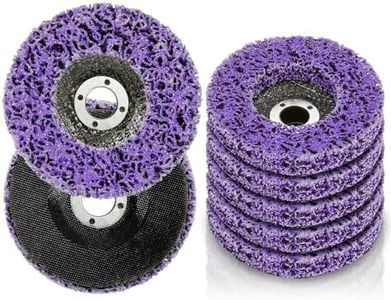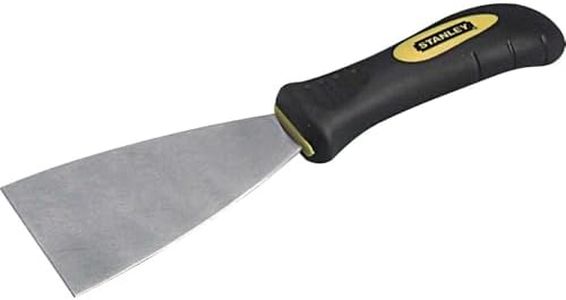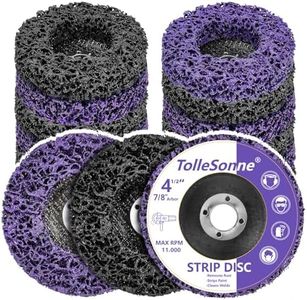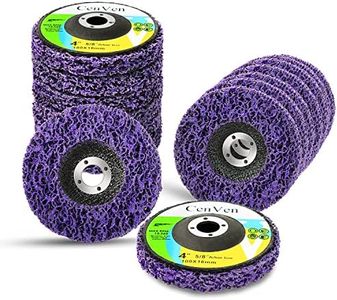We Use CookiesWe use cookies to enhance the security, performance,
functionality and for analytical and promotional activities. By continuing to browse this site you
are agreeing to our privacy policy
10 Best Paint Strippers
From leading brands and best sellers available on the web.Buying Guide for the Best Paint Strippers
When choosing a paint stripper, it’s important to select a product that matches both the type of paint you’re removing and the surface you plan to work on. Consider how quickly you want the paint removed, the safety of the stripper’s ingredients, and your level of experience. Not all strippers are created alike—some work better for certain jobs, while others are safer or easier to use. The best fit depends on the amount of paint, the location (indoors or outdoors), and whether you’re removing paint from wood, metal, or another material. Understanding a few key specifications will help you find a product that gets the job done efficiently and safely.Type of Paint StripperThe type of paint stripper refers to the main method or chemicals it uses to remove paint. The most common types are solvent-based, caustic-based, and bio-based (or eco-friendly) strippers. Solvent-based strippers dissolve paint quickly and are effective on many types of paints, but they often have strong fumes and require good ventilation. Caustic-based strippers use lye or similar chemicals, which break down the paint so it’s easy to scrape off; they work slower and can be harsh on some surfaces, especially wood. Bio-based strippers are made from natural ingredients and are generally safer and less smelly, but they may take longer to work. Consider what kind of paint you’re working with and whether safety or speed is more important for your project.
Surface CompatibilitySurface compatibility refers to which materials the stripper can safely be used on, such as wood, metal, masonry, or plastic. Some strippers are universal, but many are specially formulated for a specific material. Using the wrong product can damage your surface—caustic options can ‘burn’ wood, while strong solvents may spoil plastics. Always check the label or instructions to ensure the stripper matches your surface. If you’re working with sensitive or antique materials, choose a milder or specifically recommended formula.
Application MethodThe application method describes how the stripper is put onto the surface—common forms include liquid, gel, paste, or spray. Liquids and sprays are good for large, flat areas and work quickly but can drip or run. Gels and pastes stick better to vertical or detailed surfaces and are less messy, but might need more effort to apply evenly. Consider the shape and size of your project area; for tricky or ornate surfaces, gels and pastes usually provide better control.
Working TimeWorking time means how long you need to wait after applying the stripper before the paint can be removed. Some products act in as little as 15 minutes, while others need several hours or even to be left overnight. Quick-working products are useful for small projects or if you need to finish fast, but they might evaporate or dry out before you’re ready if you’re tackling a large or slow job. Slower-working strippers are often safer and more effective for thick or multiple layers. Think about your schedule and how many layers of paint you’re removing to choose the right working time.
Safety and FumesSafety and fumes refer to the level of protection you need while using the product. Some paint strippers, especially solvent-based ones, give off strong fumes and require you to work outdoors or in a well-ventilated area, and it’s wise to wear gloves and goggles. Others, especially eco-friendly options, are less harsh and safer to use indoors, but may take longer to work. If you’re sensitive to smells, have limited ventilation, or are concerned about children or pets, choose a low-odor or safer formula, and always follow the manufacturer’s safety instructions.
Ease of Clean-upEase of clean-up describes how simple it is to remove both the stripper and the loosened paint after use. Some products can be wiped away with water, while others may need special solvents or more scrubbing. Water-washable strippers are easier for beginners and less messy, while solvent-cleaned options might be better for tougher jobs but require more effort. Consider your comfort and how likely you are to finish with a cleaner or follow up with water if needed.


